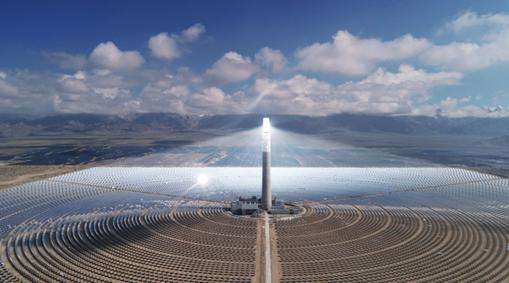The lower cage of the solar street lighting pole is an important part of supporting the entire street lighting pole. It requires enough steel bars to ensure its stability and load capacity. The following shows the quantity and specifications of steel bars required for the bottom cage of a 10 meter solar street light pole.
First, we need to determine the shape and size of the lower cage. Generally speaking, the lower cage of solar street light poles adopts a hexagonal or octagonal shape, which can increase its stability. Suppose we choose a hexagonal bottom cage with a side length of 1 meter and a height of 1 meter.
Next we need to calculate the volume of the lower cage. The volume of the lower cage can be calculated by treating it as a hexagonal cylinder, i.e. volume = base area × height. The area of a hexgone can be calculated by dividing it into six equilateral triangles, i.e. base area = 6×(side length×side length×√3)/4. Replacing the side length with 1 meter, we get the base area = 6×(1×1×√3)/4=1.3 square meters. Assuming the height of the lower cage is 1 meter, then the volume of the lower cage = 1.3 cubic meters.
Next, we need to determine the reinforcement rate of the steel bars. The reinforcement ratio of steel bars refers to the ratio of the cross-sectional area of the steel bars to the cross-sectional area of the component. Generally speaking, the lower cage of solar street light poles should use a higher reinforcement rate to increase its bearing capacity. Suppose we choose a reinforcement rate of 2%, that is, the cross section of the steel bars is 2% of the cross section of the lower cage.
Finally, we can calculate the quantity and size of steel bars required. The number of steel bars can be calculated by multiplying the volume of the lower cage by the reinforcement rate, i.e. the number of steel bars = the volume of the lower cage × the reinforcement rate . Replacing the volume of the lower cage with 1.3 cubic meters and the reinforcement rate with 2%, we obtain the number of steel bars = 1.3 × 0.02 = 0.026 cubic meters. Suppose we choose a steel bar with a diameter of 10 mm, then the length of the steel bar can be calculated by dividing the number of steel bars by the cross section of the steel bar, c 'i.e. the length of the steel bar = the number of steel bars/(π×(the diameter of the steel bar/2)×(the diameter of the steel bar/2 )). Replacing the number of steel bars with 0.026 cubic meters and the diameter of the steel bars is 10 mm, the length of the barsof steel = 0.026/(π×(10/2)×(10/2))≈0.026/7.85≈ 0.0033 meters≈3.3 cm.
In summary, the bottom cage of a 10 meter solar street light requires approximately 0.026 cubic meters of steel bars. The diameter of the steel bars is 10mm and the length is 3.3cm. Of course, this is just a simple calculation example, the actual situation may be different, and the number and specific specifications of steel bars should be designed and calculated according to the actual technical requirements.














